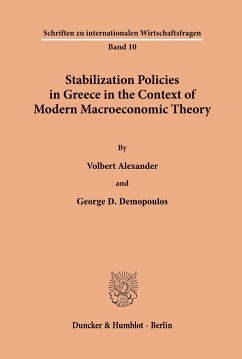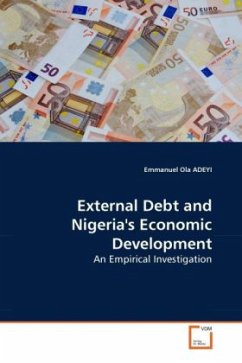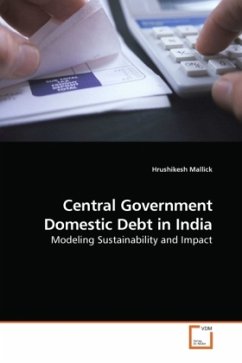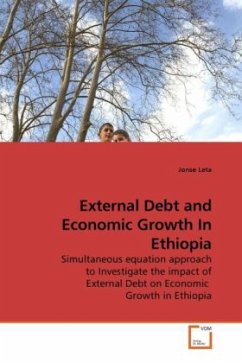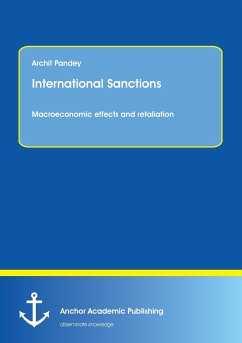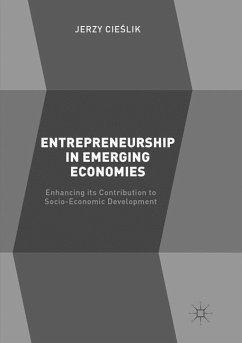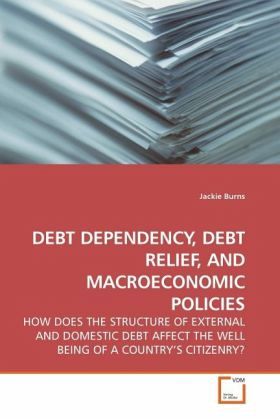
DEBT DEPENDENCY, DEBT RELIEF, AND MACROECONOMIC POLICIES
HOW DOES THE STRUCTURE OF EXTERNAL AND DOMESTIC DEBT AFFECT THE WELL BEING OF A COUNTRY S CITIZENRY?
Versandkostenfrei!
Versandfertig in 6-10 Tagen
32,99 €
inkl. MwSt.

PAYBACK Punkte
16 °P sammeln!
The research expands the scope of the World System and Dependency theories that emphasize the deleterious effects of the extent of external debt held by multilateral institutions (Chase-Dunn, 1975; Sell and Kunitz, 1986-87; Meldrum, 1987; Harsch, 1989; Bradshaw and Huang, 1991; Bradshaw et al., 1993) and the structure of capital formation (Chase- Dunn 1975;Bornschier, Chase-Dunn, and Rubinson 1978; Bornschier and Chase-Dunn,1985; Timberlake and Kentor, 1983; Bradshaw, 1987; Walton and Ragin, 1990; Dixon and Boswell, 1996; Firebaugh, 1996) on the growth and development of Third World Countries....
The research expands the scope of the World System and Dependency theories that emphasize the deleterious effects of the extent of external debt held by multilateral institutions (Chase-Dunn, 1975; Sell and Kunitz, 1986-87; Meldrum, 1987; Harsch, 1989; Bradshaw and Huang, 1991; Bradshaw et al., 1993) and the structure of capital formation (Chase- Dunn 1975;Bornschier, Chase-Dunn, and Rubinson 1978; Bornschier and Chase-Dunn,1985; Timberlake and Kentor, 1983; Bradshaw, 1987; Walton and Ragin, 1990; Dixon and Boswell, 1996; Firebaugh, 1996) on the growth and development of Third World Countries. This research primarily examines the relationship between external debt held by multilateral development institutions and central government debt. A major barrier to social and economic development in developing countries is malnutrition and the inability of individuals to maintain a healthy standard of living and be economically and socially productive.



